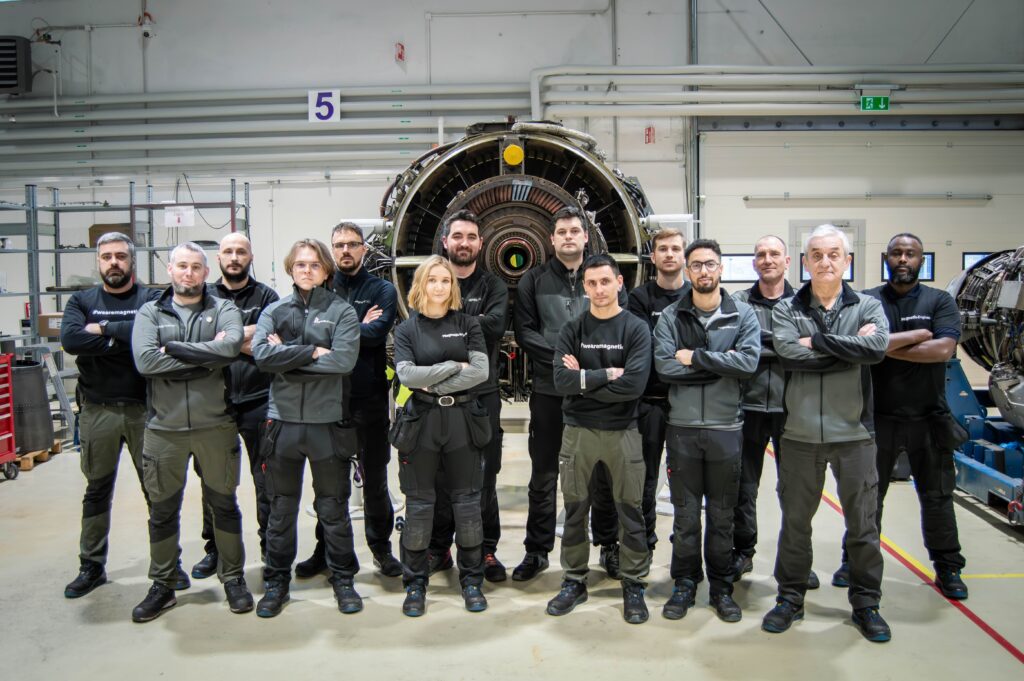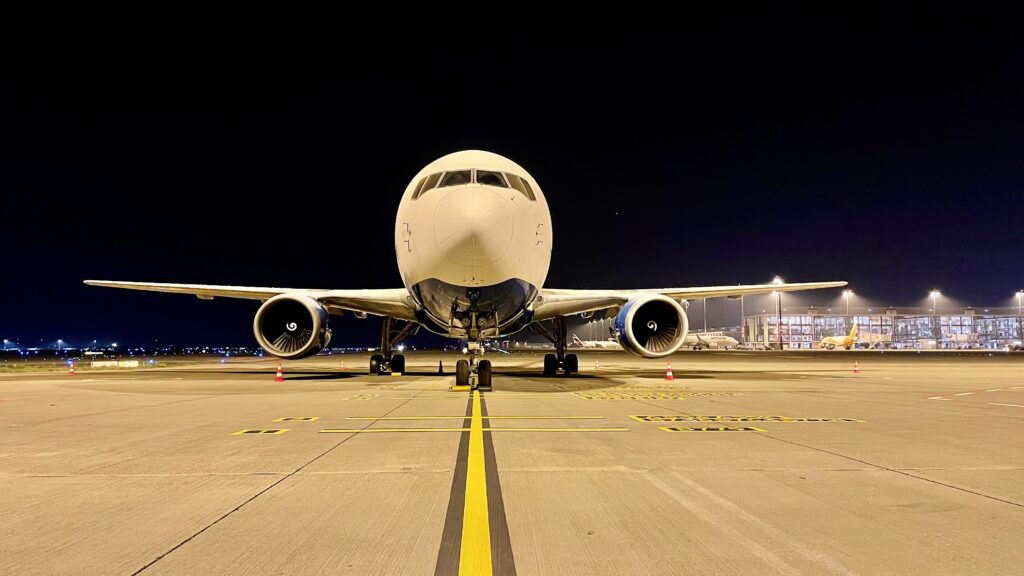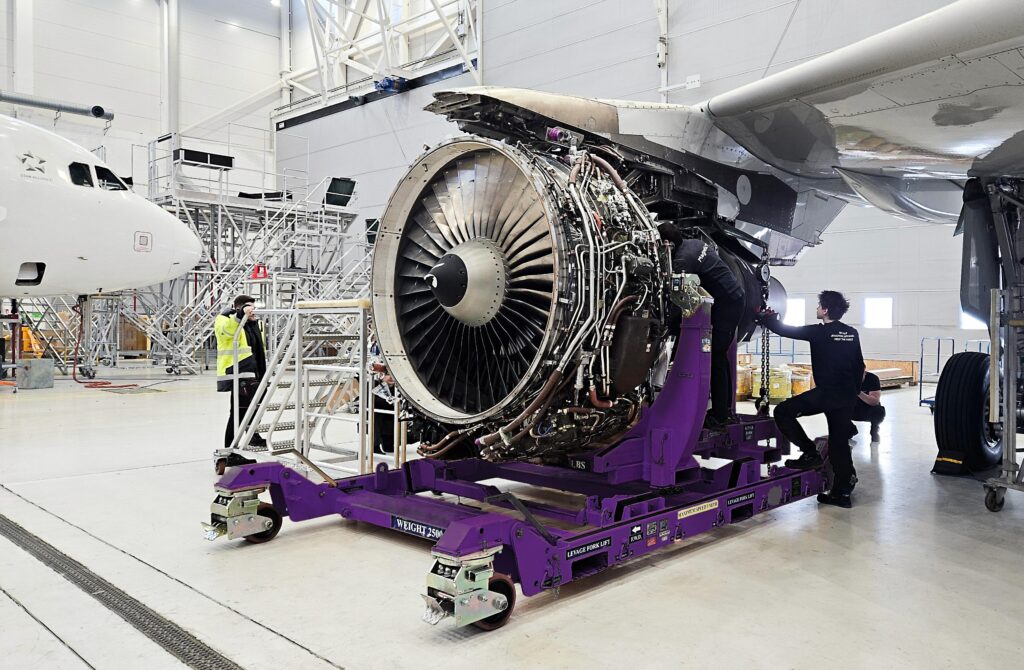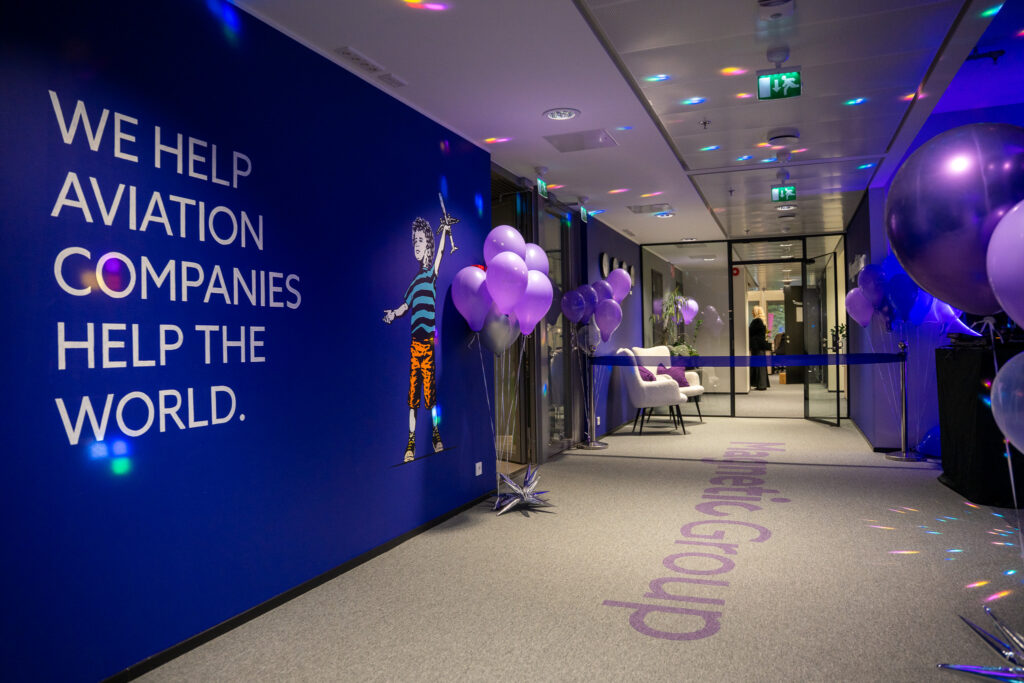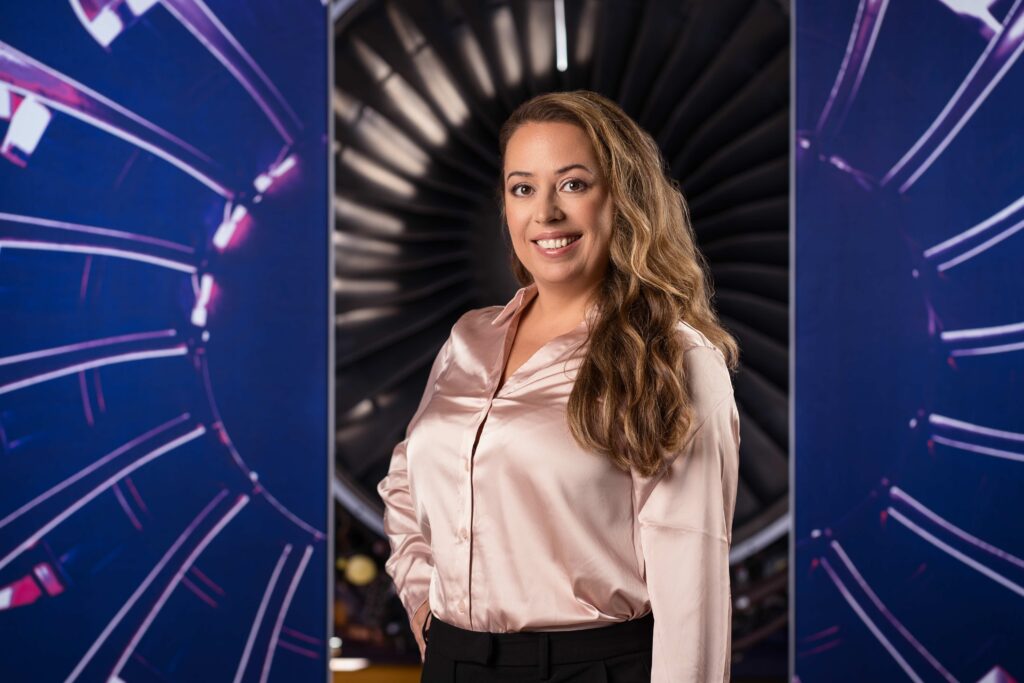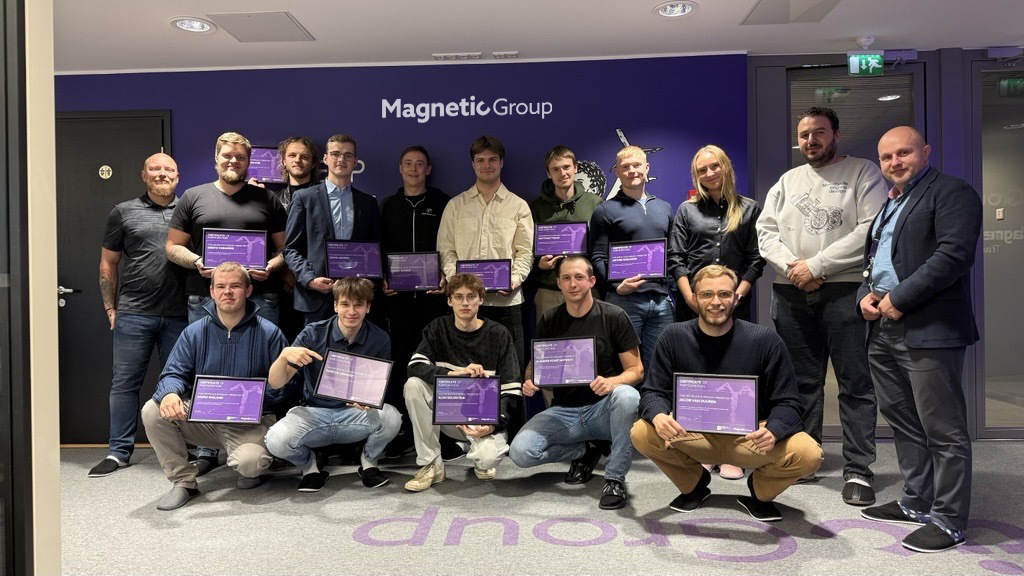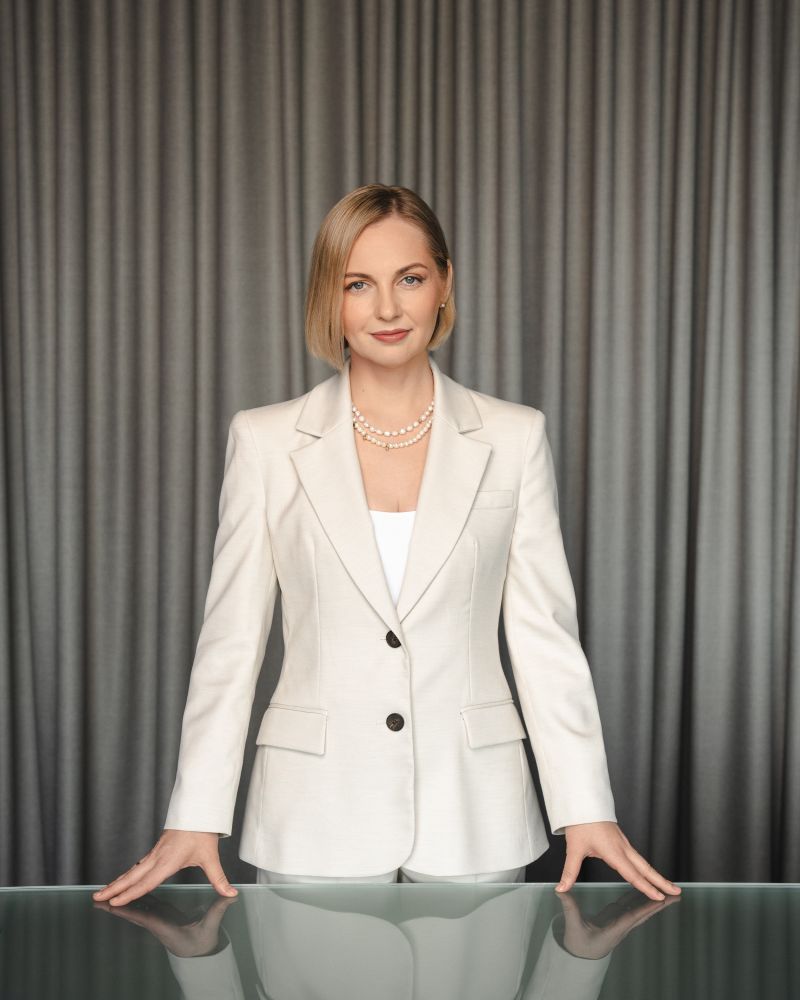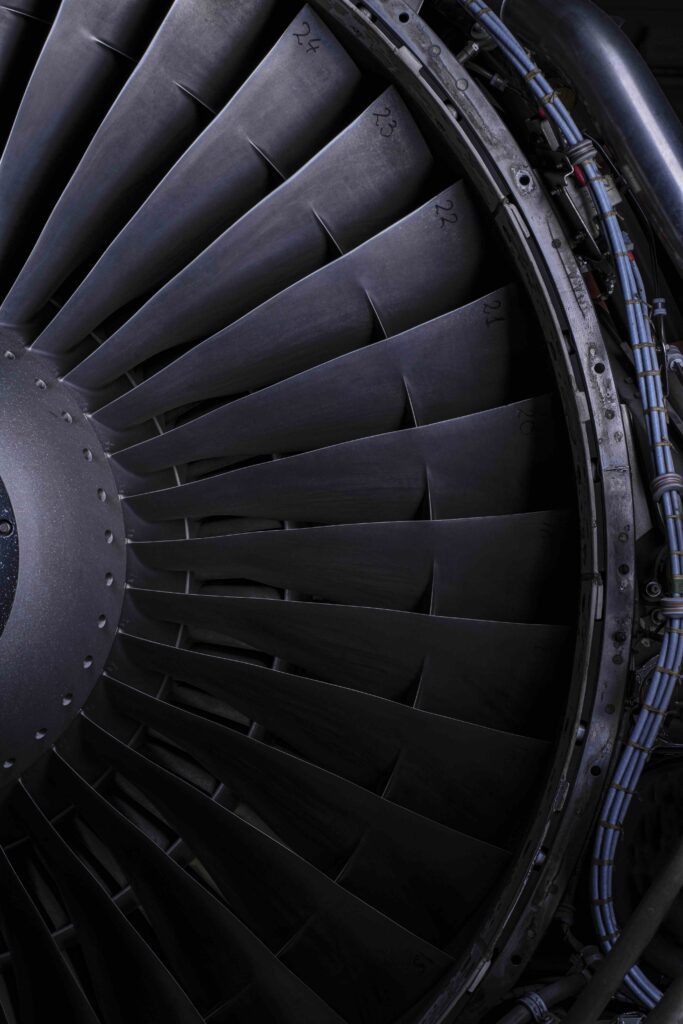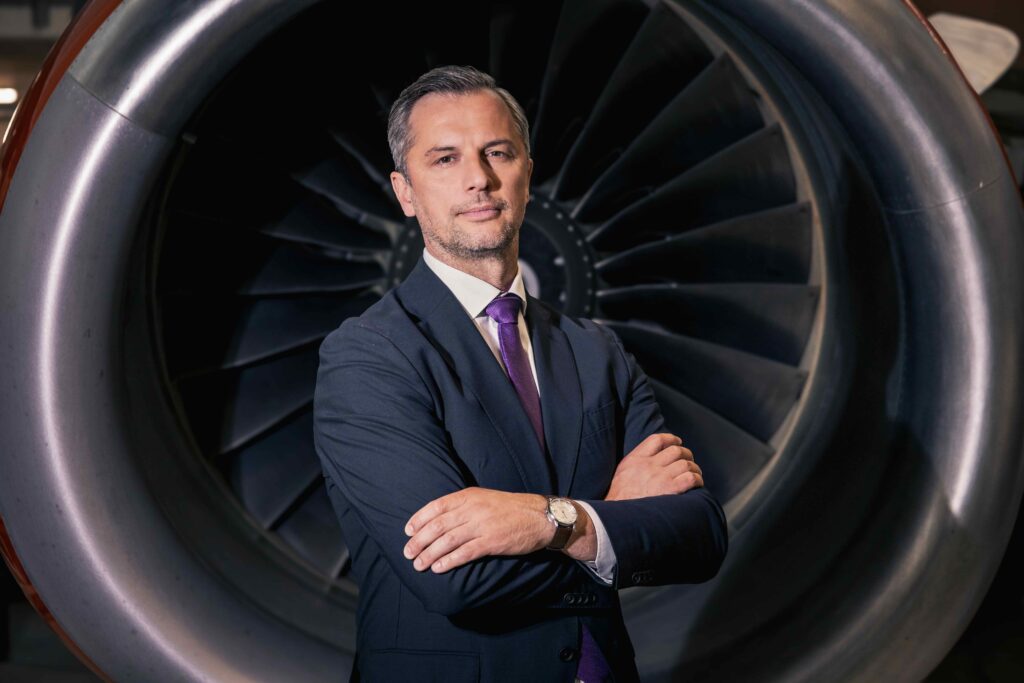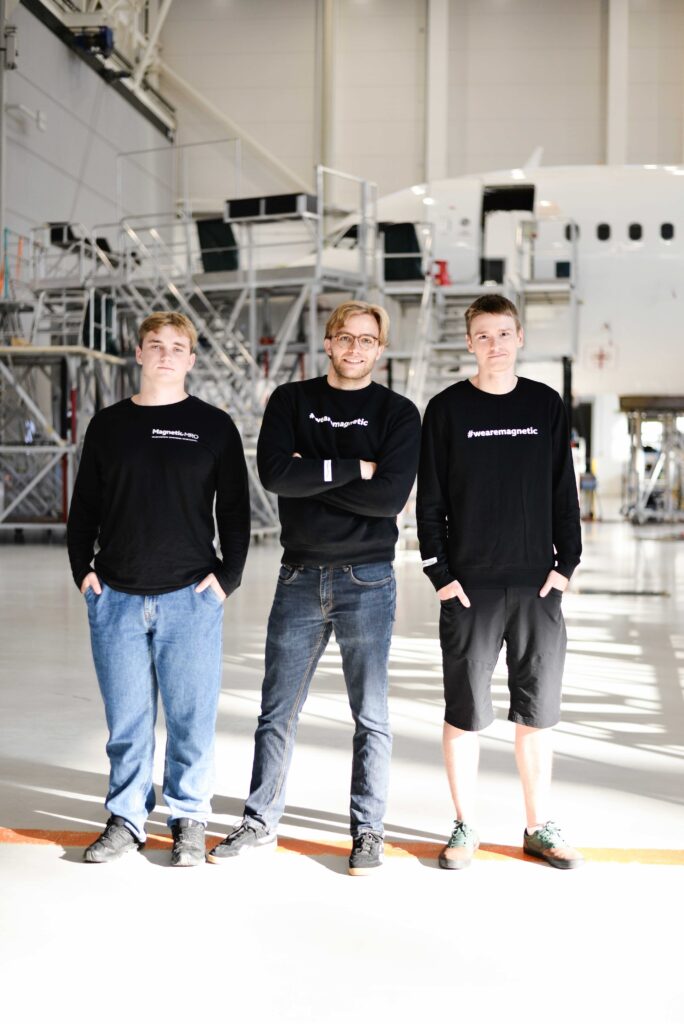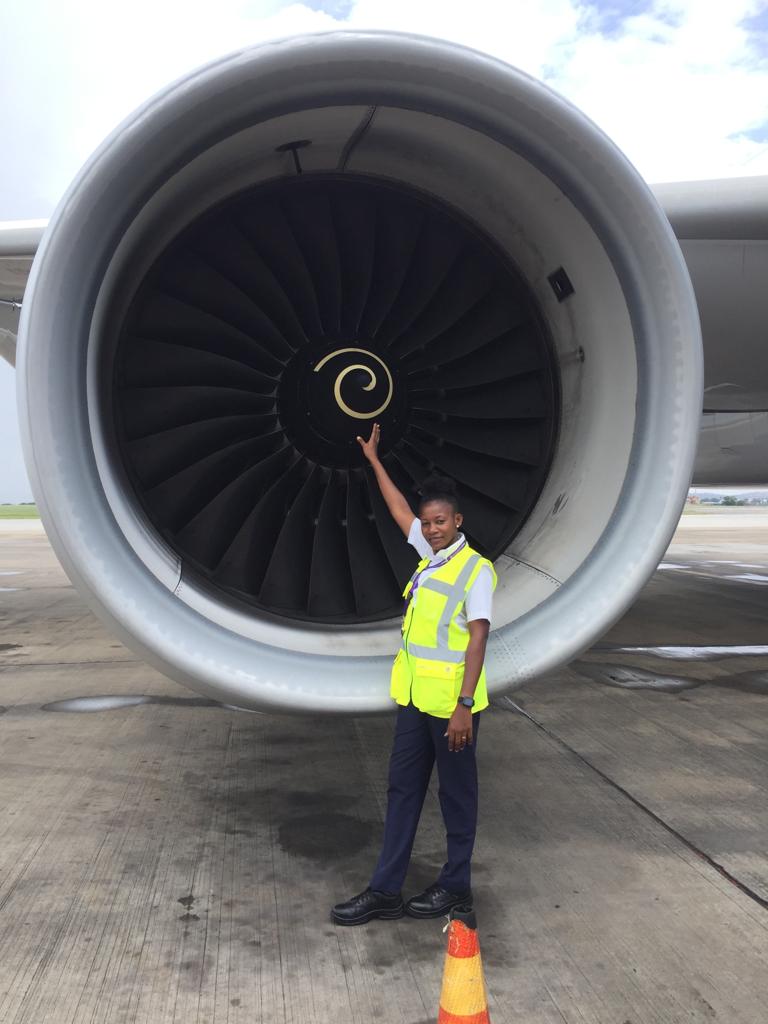Magnetic Engines at 10
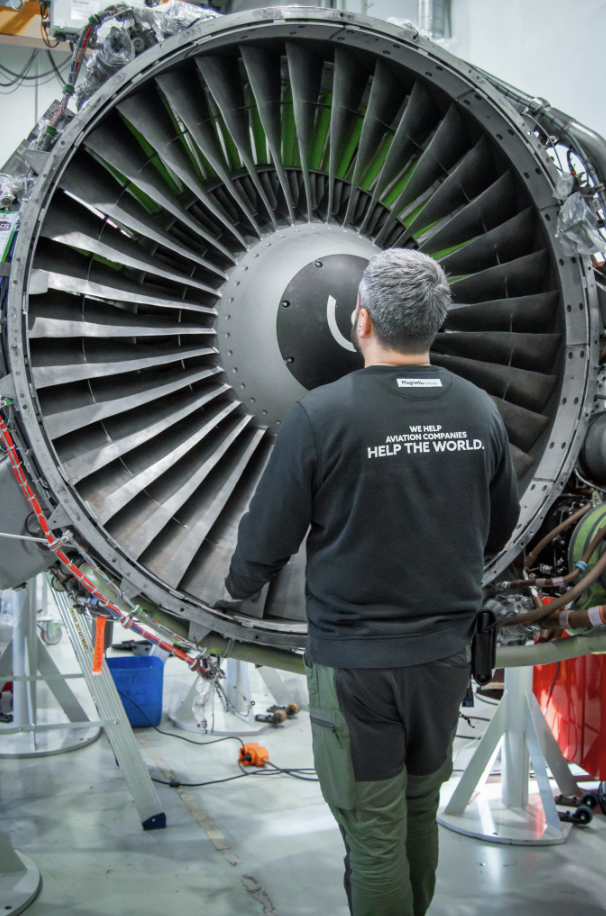
From a 100 sqm room to a trusted and capable – a decade of standards, stamina, and solved problems
On October 5, 2015, a small team opened the door to a 100 sqm workshop in Tallinn’s GSE Area, H04.
No fanfare. No ribbon cutting. Just benches, tools, procedures, and an idea worth betting on: if you build standards before you chase scale, customers will feel the difference.
Ten years later, Magnetic Engines operates across 1,300 sqm, has delivered over 319 client engine events (not counting our own repairs and teardown projects.), and serves 67 customers by February 2025 and counting.
The shop grew; the principle didn’t change.
This is our decade – not just the moments that made the timeline, but the mindset that made them repeatable.
The Quiet Start (2015–2016)
5 October 2015 – Engine shop established (GSE Area, H04, 100 sqm).
The footprint was modest, the ambition wasn’t. The first weeks were about foundations: document the process, calibrate the tools, and practice the handovers until they felt boringly consistent. Boring is good in engines.
15 October 2015 – First inspections for a client at Ponta Delgada, Portugal.
Two CFM56-7B inspections plus ESN 877301. The aircraft released with ATOPS criteria met – a line in the sand for what “good” meant outside our own walls. The team returned home with a simple mantra: our process must travel as well as our people.
2016 – Focus exclusively on our own engines.
In a world that celebrates speed, we chose sequence. Standards first, customers next. We used 2016 to build muscle memory – inspection checklists, torque verification culture, and post-task reviews. The payoff wasn’t immediate; it was structural.
“We didn’t chase scale – we chased standards. Scale showed up later.”
Opening the Doors (2017–2019)
January 2017 – Real work for external clients begins.
Every engine that rolled in after that date was treated with the same rigor, as if it were ours. That wasn’t a slogan; it was how we protected quality at release.
2017 – First top case, CFM56-3 (on our engine).
A milestone not for the headline, but for the competence it unlocked. You don’t jump from routine inspections to complex events – you earn each rung, then reinforce it.
Lesson that stuck: capability compounds. One successful top case created the confidence and the documentation that enabled heavier repairs later.
Bigger Room, Heavier Work (2020–2022)
September 2020 – Move into refurbished H01 room (300 sqm).
October 2020 – First heavy repair, CFM56-3.
October 2020 – First combustion chamber replacement, CFM56-7B.
The space increased; expectations did, too. Heavier events demand choreography – tooling readiness, parts discipline, and an execution rhythm that resists shortcuts when the clock is loud. Those October “firsts” weren’t flashes of bravery; they were the logical next step of a team that had rehearsed for four years.
2021/2022 – Expansion into a bigger H01 room (total 1,000 sqm).
We added square meters only after we proved quality was maintained and standard while volume rose.
“Engines don’t care about excuses. Customers don’t either.”
Precision as a Habit (2023–2024)
March 2023 – First Core Performance Restoration, CFM56-3.
CPR validated process control on core modules and elevated our internal audit bar. When you can measure small drifts reliably, you keep the bigger issues off the runway.
February 2024 – First DAC → SAC conversion, CFM56-5B.
A precise, high-stakes conversion that showcased engineering depth and documentation rigor. It wasn’t just a new line on the capability list – it was proof that our “learn, validate, scale” loop worked on complex, documentation-heavy assignments.
2024 – Expansion into an additional H01 room (now 1,300 sqm total).
Room to move faster – without rushing.
The Decade Mark (2025 and beyond)
By Feb 2025 – 319+ client engine events; 67 customers served.
Numbers don’t tell the whole story – but they do tell you something about consistency. Our compounding advantage isn’t a single hero project; it’s friction removed from dozens of releases, and providing predictability when fleets are under pressure.
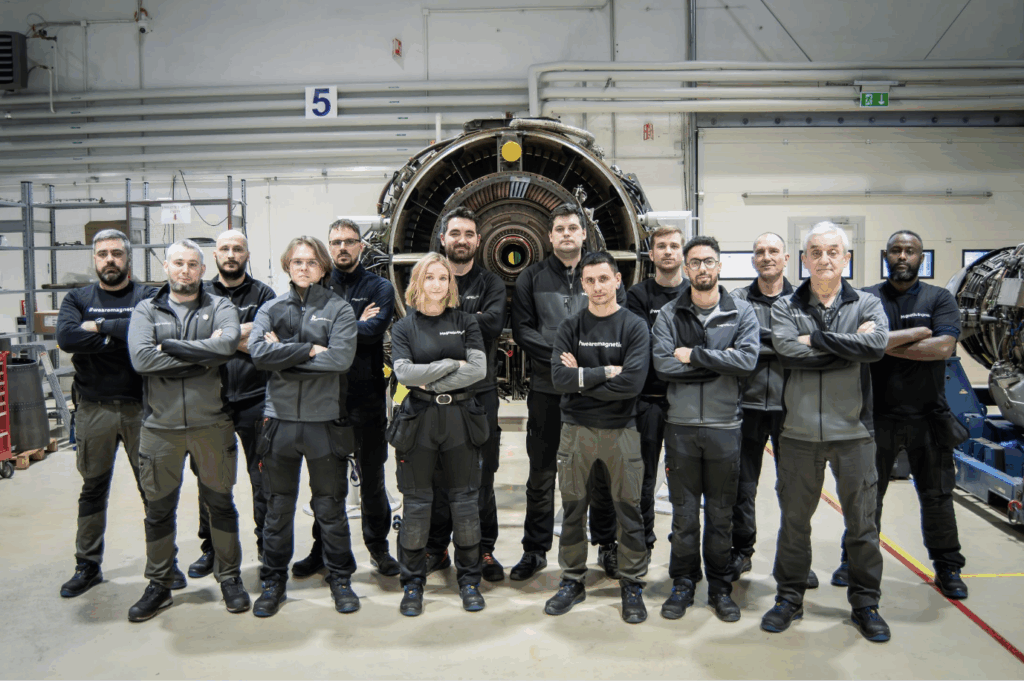
What We Learned & The Principles We’ll Keep
1) Start small, set the bar, then scale.
When quality is a moving target, growth amplifies problems. We made quality the fixed point and scaled to it.
2) Capability compounds.
Every “first” funds the next – top case → heavy repair → CPR → DAC to SAC. The sequence isn’t an accident.
3) The only KPI that matters at release is quality.
On-time is hollow if it doesn’t stay on wing.
4) Process is a living tool.
Our best procedures are the ones technicians helped write – and keep rewriting – because they own the outcomes.
5) Space is a promise.
We add square meters to protect standards – not to chase a vanity metric.
Magnetic Engines Milestones
- Oct 5, 2015 – Engine shop opens, H01 GSE Area, 100 sqm
- Oct 15, 2015 – First client inspections at Ponta Delgada: 2× CFM56-7B + ESN 877301; aircraft released, ATOPS criteria met
- 2016 – Standards year working on our own engines
- Jan 2017 – External client work begins
- 2017 – First top case on CFM56-3 (our engine)
- Sep 2020 – Move to refurbished H01 room, 300 sqm
- Oct 2020 – First heavy repair (CFM56-3)
- Oct 2020 – First combustion chamber replacement (CFM56-7B)
- 2021/2022 – Expansion in H01 to 1,000 sqm
- Mar 2023 – First Core Performance Restoration (CFM56-3)
- Feb 2024 – First DAC → SAC conversion (CFM56-5B)
- 2024 – Additional H01 room – 1,300 sqm total
- By Feb 2025 – 319 client engine events; 67 customers
Inside the Shop – The “Boring” Things That Win
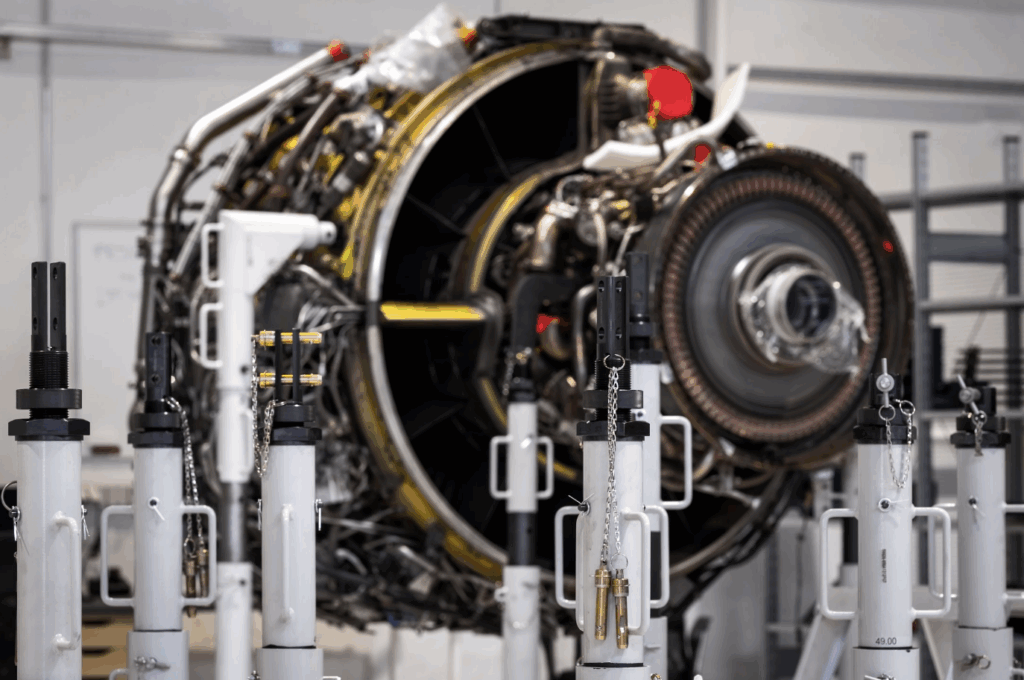
- Torque verification culture – second eyes are a habit, not an exception.
- Parts discipline – labeling, storage conditions, and photographic proof at each handover removes doubt later.
- Post-event reviews – what worked, what drifted, what changes before the next job.
- Communication pace – customers hear from us before they need to ask. Predictability lowers operational stress.
“We add square meters to protect the one metric that matters – quality at release.”
Inside the mind of Filip Stanisic, Managing Director of Magnetic Engines
Q: Do you remember the moment you knew the shop would make it?
A: Ponta Delgada, October 2015. Releasing an aircraft after engine inspection with ATOPS criteria met so early told me our process worked outside our comfort zone. From there, it was repetition - do the right things the same way, every time.
Q: Why spend 2016 on your own engines instead of scaling faster?
A: Because shortcuts hide in growth. 2016 was our lab – we tuned procedures, trained people, and fixed small frictions. When we opened the doors wide in 2017, we were offering repeatability, not enthusiasm.
Q: Which milestone changed our credibility the most?
A: The first heavy repair in October 2020. It compressed years of learning into a single event and proved that our 300 sqm environment could deliver under pressure. After that, CPR in 2023 and DAC→SAC in 2024 showed we weren’t just adding volume – we were adding depth.
Q: What’s the “quiet advantage” customers don’t see on a tour?
A: Our prevention mindset. We obsess over failure modes – from tooling readiness to documentation that removes ambiguity later. It’s not flashy, but it stops callbacks and protects TATs.
Q: How do you decide when to expand space or capability?
A: Capability first, capacity second. We validate a process at a small scale, then expand the space to keep standards steady. That’s why 2021/2022 and 2024 expansions felt like a natural next step, not a leap.
Q: What’s next for Magnetic Engines?
A: Smarter data capture at every touchpoint, broader cross-training, and targeted capability additions where they lift engine availability the most. Growth will follow the work – not the other way around.
Engines Keep Spinning
From a small room to a steady capability, from two inspections on an Atlantic island to hundreds of delivered engine events – Magnetic Engines grew by making reliability a habit.
Ten years in, our ambition is clear and measurable: keep aircraft flying, keep quality flat, and keep earning trust one release at a time. Thank you to the customers who believed early, the partners who sharpened our standards, and the team whose discipline turned milestones into momentum.




